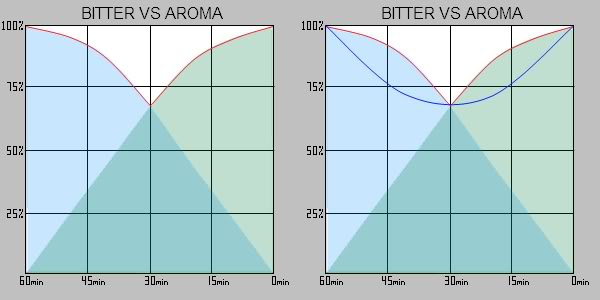I'd love to get some clarification on something. The old fashioned hopping scheme that we all know (bittering/flavor/aroma) implies that "flavor" additions are around middle-late in the boil and "aroma" additions are at the end of the boil. Is this really true? Are hop flavor and aroma all that different, with regard to the compounds that create them?
And what about dry hopping? Does that add just aroma or flavor and aroma?
I've had a couple commercial beers lately that had the most rich and beautiful hop aroma, and then when I take a drink I'm very underwhelmed by the hop flavor! This leads me to believe that hop flavor and aroma are in fact separate. I'm not especially interested in maximizing hop aroma in my own beers, so how might I go about maximizing hop flavor?
One more question: Could you design a beer that would have the opposite effect? Very little hop aroma and a huge hop flavor?
Thanks!
And what about dry hopping? Does that add just aroma or flavor and aroma?
I've had a couple commercial beers lately that had the most rich and beautiful hop aroma, and then when I take a drink I'm very underwhelmed by the hop flavor! This leads me to believe that hop flavor and aroma are in fact separate. I'm not especially interested in maximizing hop aroma in my own beers, so how might I go about maximizing hop flavor?
One more question: Could you design a beer that would have the opposite effect? Very little hop aroma and a huge hop flavor?
Thanks!




